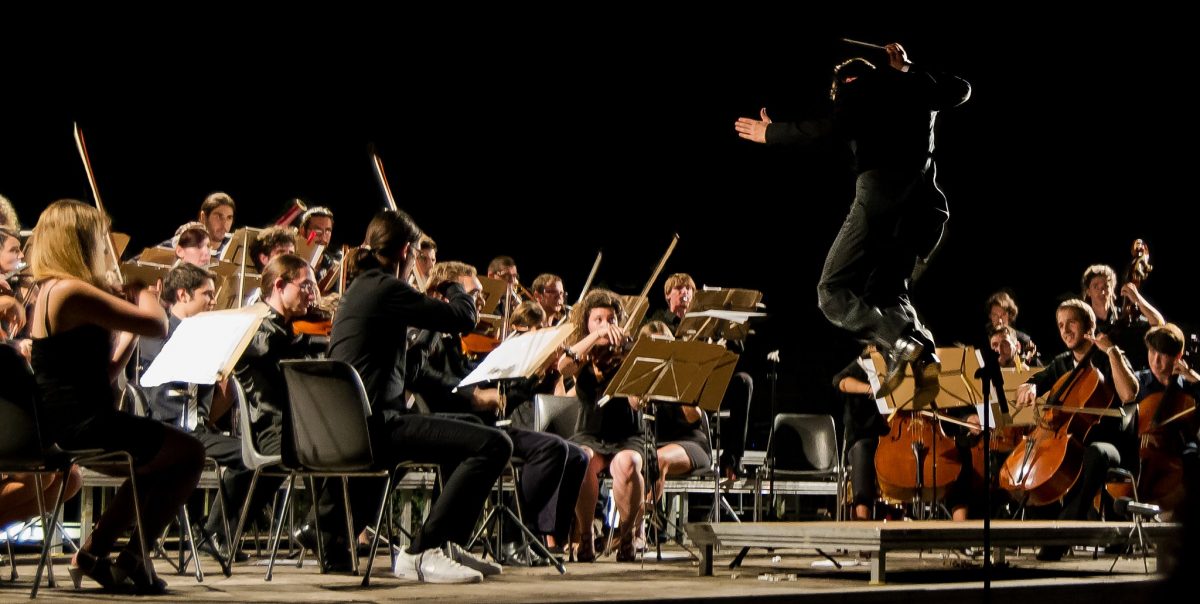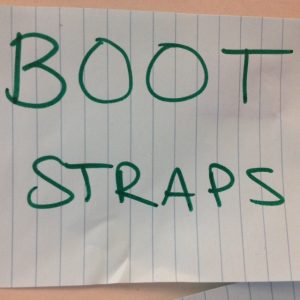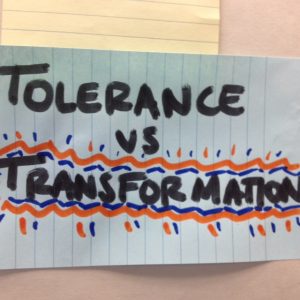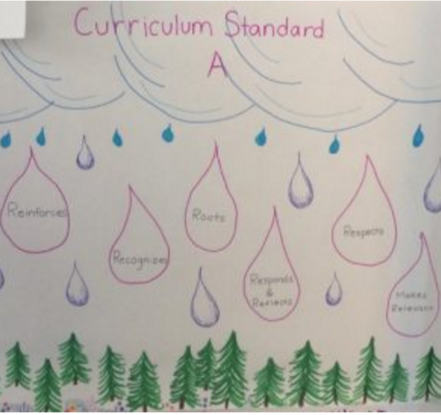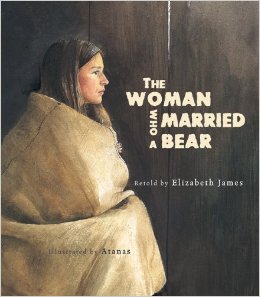In the typical orchestra room, students sit in a certain formation and the conductor tells them what to do, how to play it, maybe demonstrates occasionally what it should look like. I have always thought of music and the arts as a more project based approach to learning, but in some ways it really looks the same. Especially in my 8 am orchestra class last year, when it felt like pulling teeth every time I asked a question about the music, there was something off about student engagement.
Similarly, I have often struggled with ways to implement many of the teaching strategies and technologies we have talked about this year into he music room without making it a music history or music theory lesson, that is more focused on concepts rather than performance. In the last three weeks, I’ve thought really hard about translating these wonderful project-based strategies into the performance classroom. While I know that performances are already fairly motivating and project-based, I want to take it even further. Here is what I’ve learned:
- Students need to be in charge of defining their own sound- they need to listen to each other play, and help each other refine technique so that it sounds unified. This means having a discussion about voice, perspective, how they want to be represented….
- Students need to feel that their performances make a difference, that they are authentic, purposeful, and have the ability to move people deeply. Doing a recording that will be published or a radio broadcast will be more motivating than just performing for their parents.
- Students need to be in charge of their own assessment and evaluation. What and how will they be accounted for? I am tired of coming up with ideas for making students on time for an 8 am class- maybe they have better ideas!
There are many other little take-aways from this version of Alaska Studies that I have put in my tool box, and I have really enjoyed getting to know a new technology and negotiating the presentation of a region of Alaska with some excellent teachers.

